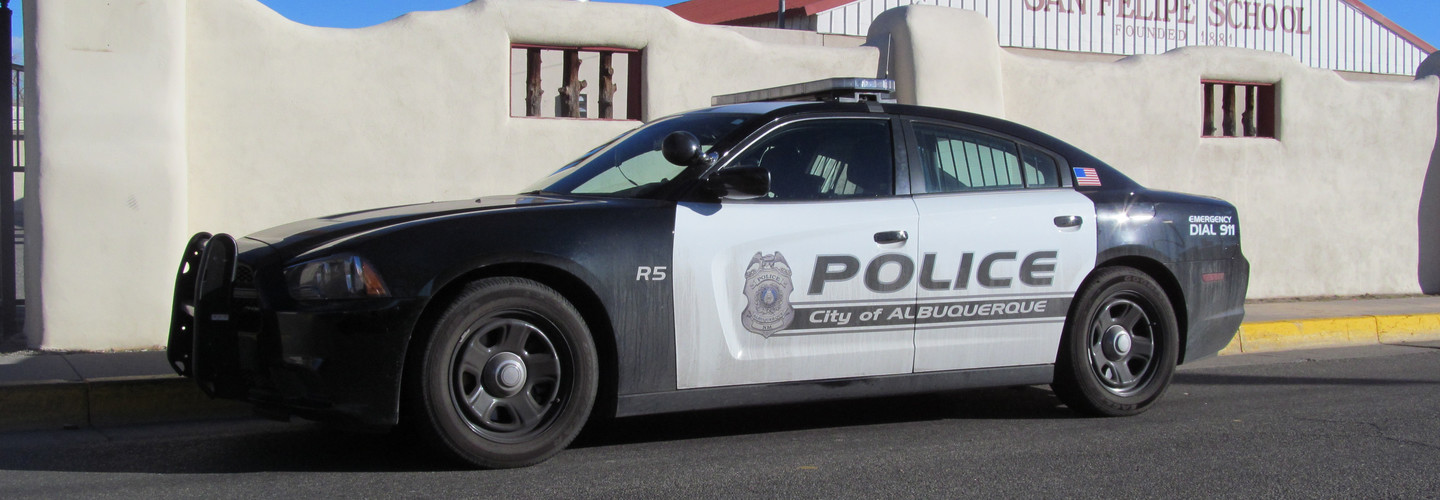Albuquerque Police Deploy Centrally Managed Video Surveillance System
The Albuquerque Police Department (APD) continues to tout its video surveillance management system, in which it taps into city-owned surveillance cameras, as well as private businesses' surveillance cameras, to assist officers out in the field and make arrests.
T.J. Wilham, the director of APD’s Real Time Crime Center (RTCC), discussed the system in a March 1 FedInsider webinar, “Modernizing and Securing Government Video Surveillance.” The system, which APD launched in 2011, has been instrumental in catching criminals and deterring crimes, Wilham said.
The Need for a Centrally Managed System
Wilham said that starting in 2011, APD started moving into an “intelligence-based policing model” and, as StateTech reported, it built the RTCC to use all available technology to help officers in a city of around 550,000 residents. He noted that there are cameras “everywhere” in the city, including traffic cameras, cameras at ATMs and cameras in convenience stores. APD studied cram fusion centers in other cities but felt that others were more like call centers and were not practicing real-time intelligence to give information to officers as 911 calls came in.
APD wondered how it could instantly pull video feeds into the RTCC and get intelligence to officers in the field without being asked. “Eighty percent of our work now is just that,” Wilham said. “In order for a video intelligence network to work, it’s got to be that.”
Police departments that were trying to do similar projects ran into hurdles, Wilham said, including the cost, privacy concerns brought by the American Civil Liberties Union and political opposition.
In many cases, Wilham said, “no one was in the right place at the right time to be able to pull up the cameras.” Additionally, the cameras were on different video systems and not every officer was trained “on how to use those systems or how to access those systems in a timely manner.”
The goal of the RTCC is to give officers as much information as possible before they arrive to respond to a call, including data on suspects, their arrest records and potential mental health issues.
In terms of video surveillance, the goal was also to find a video management platform that could work with different brands of cameras and video systems, including DVTEL, Pelco and others. Also, APD did not want to own the cameras it would be tapping into; instead, it wanted to get the private owners to provide it with access. “Ultimately what we had to was we had to find a video management system in which we could get any video online,” Wilham said.
After researching systems, APD opted to go with OpenEye, which sells network video recorders that act as bridges, Wilham said. That setup allowed APD to keep using its existing technology and software and connect the department to private-sector cameras.
One of APD’s first partners was Kirtland Federal Credit Union. Wilham said the credit union purchased one of OpenEye’s bridges for less than $2,000 so APD could connect to its cameras.
“We don’t pay for those bridges because we as a police department don’t want to own the private-sector recordings,” he said. “These bridges allow us to stay on the same video management platforms so that our own operators only have one system, one quick system, that we can access within a moment’s notice. “
RTCC operators use a Web-based application to gain access to private-sector cameras. Every business has its own server and network video recorder, which is physically at the business. APD accesses the business’s IP address, logs into its server and starts viewing the video remotely from the RTCC.
APD worked out an agreement with the city’s Department of Municipal Development to get access to175 city-owned traffic cameras, according to Wilham. The department also now has more access to around 400 private-sector cameras. APD signs memorandums of understanding with businesses that set the terms for what video the department can access and how far back in time it can search. Most of the agreements give APD access to video within 15 minutes of a 911 call, Wilham said. The department works with businesses’ technology vendors to get access to their systems, he added.
Solving and Deterring Crimes
One of APD’s private-sector partners is Blake’s Lotaburger, a restaurant chain with around 30 locations in the city. Wilham said the chain’s locations were being robbed frequently and the chain consulted with APD about which locations to add surveillance cameras to. After receiving a 911 call, APD used the video management system to access a location’s cameras.
The department was able to spot a lookout and identify the suspect, which led to an arrest after a robbery. Additionally, APD accessed a camera inside the location and saw that one of the robbers had stolen a manager’s credit card out of her purse, and was able to notify the manager.
Wilham said APD has also installed “video trailers” that record footage and feed that footage back to the RTCC over a 4G LTE wireless signal. The department has placed its six such trailers in high-crime locations, including a park and a construction site, as part of an effort to deter crime. APD has received bond money to purchase more trailers and has had many requests for them. “We can’t keep up with them,” Wilham said. “We have a waiting list right now for people who want these trailers and want them deployed.”
However, Wilham said that despite having the system, he tells businesses that APD is “not your security company.” The department does not monitor businesses security camera footage and will access the footage only if it gets a call for service or after an incident.








